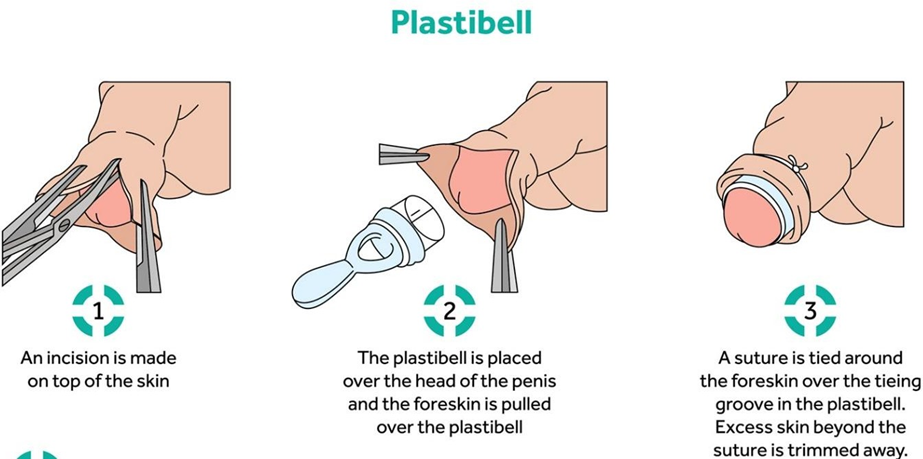A nurse is caring for a client who is receiving an epidural block with an opioid analgesic. The nurse should identify which findings as an adverse effect of the medication?
Polyuria
Bilateral crackles
Hyperglycemia
Hypotension
The Correct Answer is D
Rationale:
A. Polyuria is not a common adverse effect of opioid analgesics administered via epidural block.
B. Bilateral crackles are not typically associated with opioid analgesics administered via epidural block.
C. Hyperglycemia (high blood sugar levels) is not a common adverse effect of opioid analgesics administered via epidural block.
D. Hypotension is a common adverse effect of opioid analgesics administered via epidural block. Opioids can cause peripheral vasodilation and decreased systemic vascular resistance, leading to a drop in blood pressure.
Nursing Test Bank
Naxlex Comprehensive Predictor Exams
Related Questions
Correct Answer is A
Explanation
Rationale:
A. When teaching parents about the Plastibell circumcision technique, it's important to explain that a yellow exudate (sometimes referred to as granulation tissue) will typically form at the surgical site within 24 hours after the procedure. This is a normal part of the healing process and should not be a cause for concern.
B. The end of the penis will likely get red, then develop a yellow discharge, and finally scab over, “like a skinned knee.” This is the normal healing process and will progress over the 7-14 days that the Plastibell Ring stays on. The correct size Plastibell Ring is secured with a string and the excess skin trimmed. The skin that overlaps the ring will turn dark “like the umbilical cord” before the ring falls off at 7-14 days.
C. The Plastibell is typically left in place for several days, not removed 4 hours after the procedure.
D. Ensuring the newborn's diaper is snug may help keep the Plastibell in place, but it is not the most crucial aspect of care related to the circumcision technique.

Correct Answer is A
Explanation
A.
Rationale:
A. Excessive crying:
Correct answer. Neonatal abstinence syndrome (NAS) often presents with irritability, inconsolable crying, and difficulty soothing.
B. Decreased muscle tone: NAS can cause hypertonia or increased muscle tone rather than decreased muscle tone.
C. Absent Moro reflex: NAS may cause hyperactive Moro reflex rather than absent.
D. Diminished deep tendon reflexes: NAS can cause hyperactive deep tendon reflexes rather than diminished.
Whether you are a student looking to ace your exams or a practicing nurse seeking to enhance your expertise , our nursing education contents will empower you with the confidence and competence to make a difference in the lives of patients and become a respected leader in the healthcare field.
Visit Naxlex, invest in your future and unlock endless possibilities with our unparalleled nursing education contents today
Report Wrong Answer on the Current Question
Do you disagree with the answer? If yes, what is your expected answer? Explain.
Kindly be descriptive with the issue you are facing.
